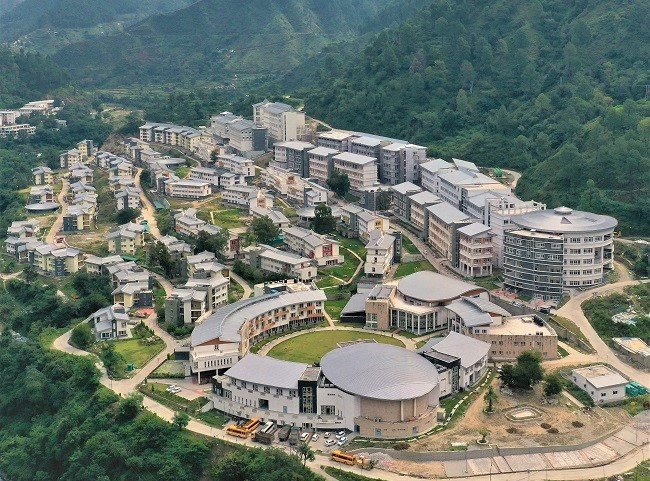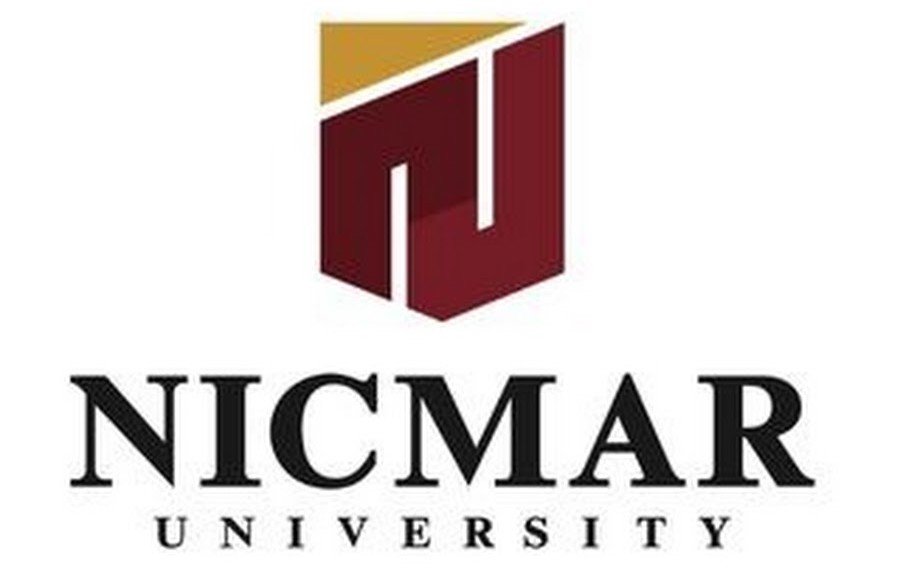- Experts from academia and industry examined the challenges and opportunities in bridging the gap between engineering education and the dynamic demands of the modern workforce
Do you know how many engineers are produced each year in India and how many of them are recruited? According to media reports, each year, India produces around 1.5 million engineers. Among them, the top-tier are those from low-cost, government-subsidised IITs, which admitted 17,400 students into their undergraduate programmes in 2023.
Experts from academia and industry gathered at BW Education Engineering Excellence Conclave held in New Delhi on 27 August 2024. They examined the challenges and opportunities in bridging the gap between engineering education and the dynamic demands of the modern workforce.
The conversation focussed on the current state of engineering education in India, the employability of graduates and the need for stronger collaborations between academic institutions and industry to ensure that future engineers are equipped with the skills required to succeed in today’s competitive environment.
Rakesh Seth, Chief Mentor HR, Reeocsyys, said, “India has tremendous opportunities in the manufacturing sector. The surplus of engineering graduates, with about 15 lakh engineers produced annually, but only 2-2.5 lakh getting absorbed into the right industries. Rest of the guys goes to higher education.” “Many engineering institutes focus too much on placements, leading to a decline in quality. From the 1980s to today, the current generation may lack the same level of professional competence, partly due to social and parental pressures,” Seth added.
Manoj Kumar Pandey, Director, Amity School of Engineering and technology, Amity University, said that today’s engineers face a rapidly evolving technological landscape, requiring them to balance old and new technologies. He highlighted how MIT University is integrating experiential learning and skill-centric education to meet industry needs. Also, Pandey mentioned collaborations with industries like ServiceNow, Salesforce and Cisco to enhance the curriculum with real-time projects and skills aligned with industry demands.
Mita Brahma, HR Head, NIIT, suggested a transformation in academic institutions, moving from an input-focussed approach to an output-focused one. This would involve mapping the competencies required by the industry and aligning the education process accordingly.
Speaking on Job’s mismatch, Saurabh Deep Singla, Chief HR Officer, upGrad, discussed the rapid pace of change in industry needs, with only 46 per cent of engineering graduates found employable according to the 2023 India Skills Report. He stressed the importance of continuous learning for both students and working professionals. Further, Singla advocated for blending new skills, like AI and ML, into the current academic setup, suggesting that this could raise the employability rate significantly.
Speaking on the collaboration between academia and industry, Seth emphasied that while tier 1 and tier 2 institutes produce world-class engineers, the quality dips significantly in tier 3 and below. He noted that engineering courses must be redesigned to focus on emerging areas like AI, machine learning, data science and IoT.



